Red Malt Supreme: Summit Brewing Explores Mars with Gambrinus Malt
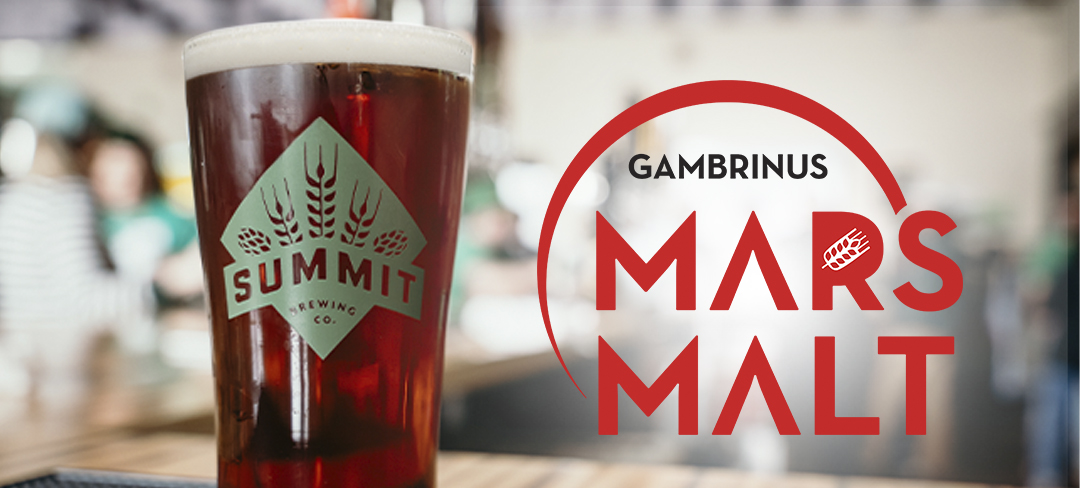
Brewers know that the best way to find out how a new ingredient works is to put it to the test. Late last year RahrBSG introduced Gambrinus Mars Malt to the brewing world. The malt was developed essentially as a base malt or accent malt that can be used at a high percentage to produce beers with red color and unique malty sweetness, but not as much body or residual sweetness as crystal or specialty malts. A great example of how the malt can be used is Mars Red Ale, a beer brewed at Summit Brewing Company for a very special event. Join us for a brew day ride-along, then return to the brewery with us for tasting notes and to ponder what other styles might blast off with Mars Malt.
Mission to Mars
The journey started with RahrBSG sales rep Chris German, who was all too happy to provide Summit Brewing Company’s R&D Brewer Mike Lundell with some Gambrinus Mars Malt for exploration on the pilot system. As with any new malt product brought into the brewhouse, Summit’s QC lab staff performed a congress wort to test it for color, extract potential, flavor and aroma. Based on those results, Lundell thought it would be a fun idea to try the new malt in Irish Red Ale to serve during the annual RahrBSG x Summit Brewing Company St. Patrick’s Day luncheon at the brewery. He came up with a recipe he felt would showcase Mars Malt while sticking fairly close to style.

The grist for Mars Red Ale was 50% Gambrinus Mars Malt, 48% Rahr Standard 2-Row, 1.5% Simpsons Dark Crystal, and 0.5% Simpsons Roasted Barley. The specialty malts would not only provide a small layer of roastiness one might expect from the style, but also help amplify the red color that Lundell felt was less intense in the congress wort of Mars Malt and 2-Row alone. The beer was hopped with Fuggles and East Kent Goldings, then fermented with an Irish Ale yeast. We joined Lundell for the brew day in early mid-February. The beer was brewed on a 2-hectoliter pilot system and the process went smoothly with no surprises on brew day. Lundell found the first runnings had a deep, rich malt sweetness – “melanoidin supreme!” as he put it – with flavors of toffee, dark fruit, cherry, and sweet tea.
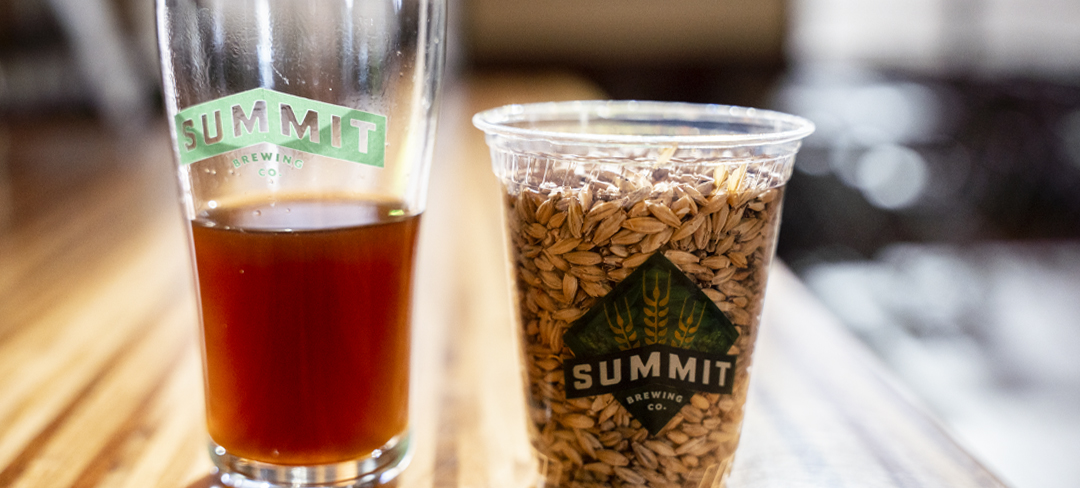
Mars Red Ale Tasting Notes
A bit over a month later we were back at Summit Brewing for the St. Patrick’s Day get-together, where the finished Mars Red Ale was served alongside bagpipers and an epic lunch of corned beef, buttered potatoes, stewed cabbage, and Irish soda bread. Before things kicked off we sat down with Lundell and Summit founder Mark Stutrud to taste and talk about the beer with focus on the use of Mars Malt.
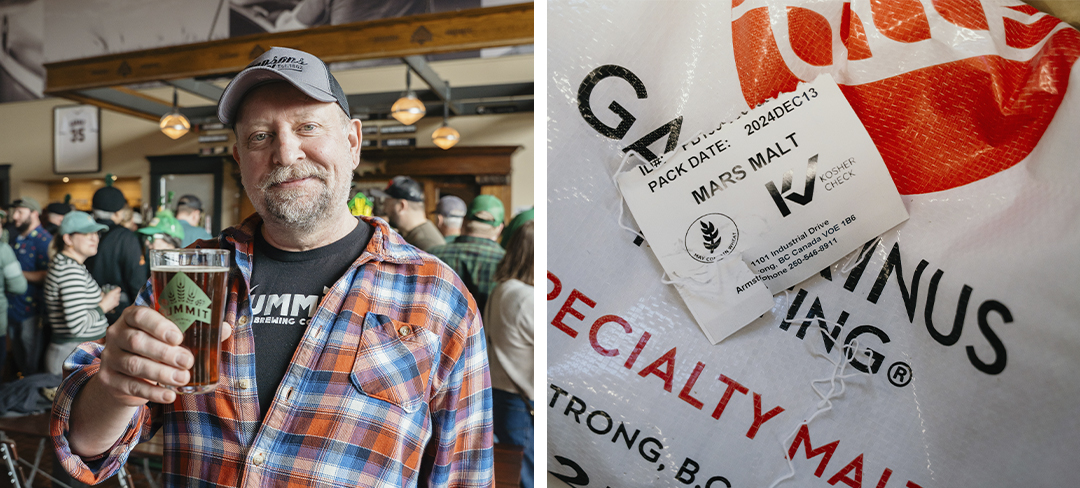
At 22.8 SRM, Mars Red Ale has a deep red color in the pitcher and a lighter yet brilliant red hue in the pint. Even though Lundell said the beer fermented slightly less than he’d formulated for the beer, it still drank crisp, and its 40 IBU helped keep the 4.6% ABV beer in balance.
“At 50% usage the Mars Malt followed through nicely from what we tasted in the wort on brew day.” Lundell said. “I still get a lot of cherry and dark fruit like raisins and plum.” He also relayed descriptors from Summit’s pre-release sensory taste panel: dark fruit, cherry, fig, brown sugar, rye bread, Wheaties cereal. All in all, we found the Mars Malt had a solid base malt quality but brought more characterful flavors to the party – like a more robust version of a Vienna malt as a comparison, but not quite as intense as Munich malt. Lundell added that he would really like to taste this beer on nitro. We concur.
Stutrud noted that the beer was lighter in body than he anticipated and was quite smooth. “There’s a nice light caramel flavor up front with a shade of roastiness toward the finish thanks to the roasted barley and dark crystal malt,” he said. “That roastiness doesn’t happen right away, which is kind of cool. It’s a good example of when I talk to people about having a dance in your mouth.”
Lundell laughed, “In this case, an Irish jig, or a reel perhaps?”
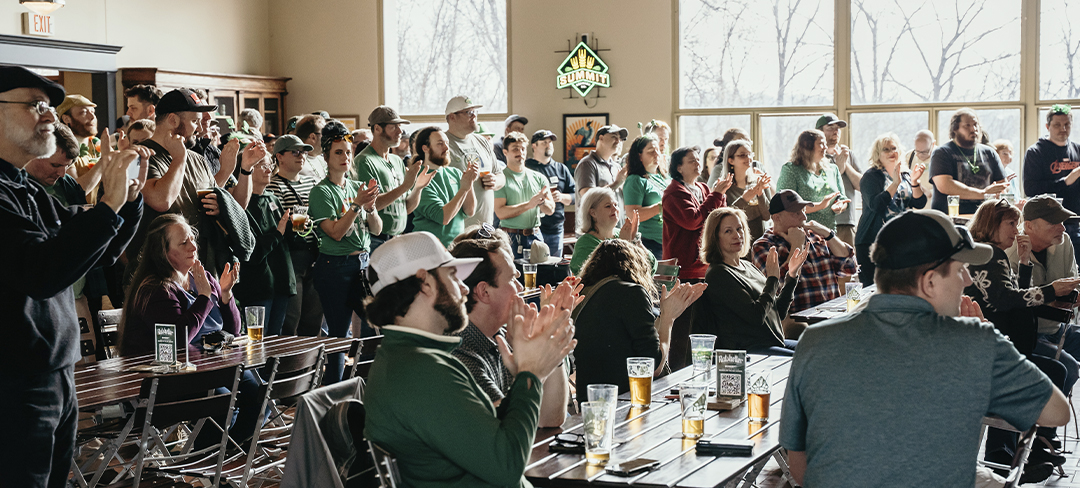
More Ideas for Mars Malt
What other beers might Mars Malt work well in? Great question! The first thing Lundell thought of – and plans to brew for next year’s St. Patrick’s lunch – is a Smoked Red Ale, using this first beer as a foundation and working in smoked malt to complement the dark fruit malt flavors. We also thought that, with more/different hops and yeast, this exact grist could make a really nice Altbier. Our group also commented on how Bock-like the malt profile of this Red Ale was with its melanoidin-rich flavors. So, your next Bock or Oktoberfest might benefit from Mars Malt in the grist.
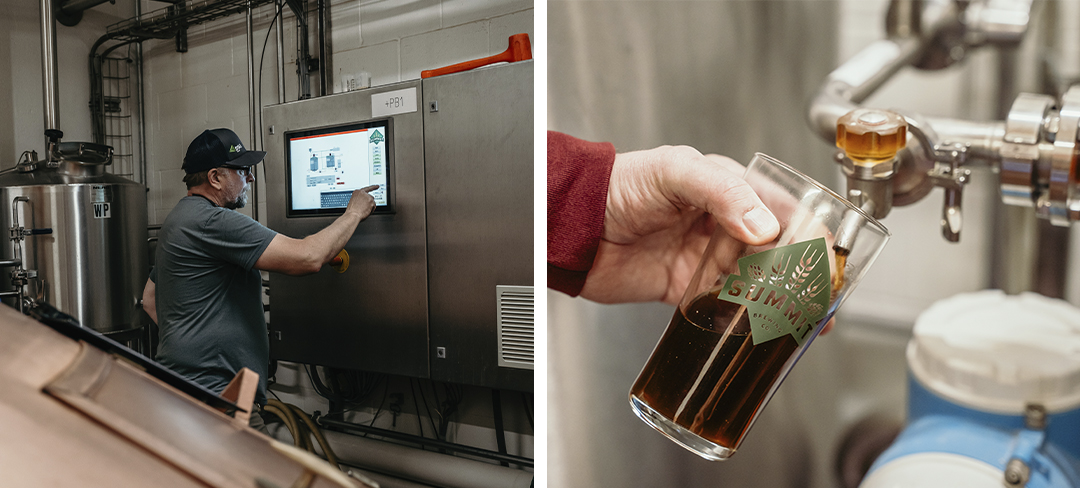
We’re very excited to see and taste more beers made with Gambrinus Mars Malt. Add it to your next order and give it a try in the brewhouse – maybe in a Marzenbier? Be sure to tell us what you are using it for and tag RahrBSG in your brew day and pour shot photos.
Related Articles: